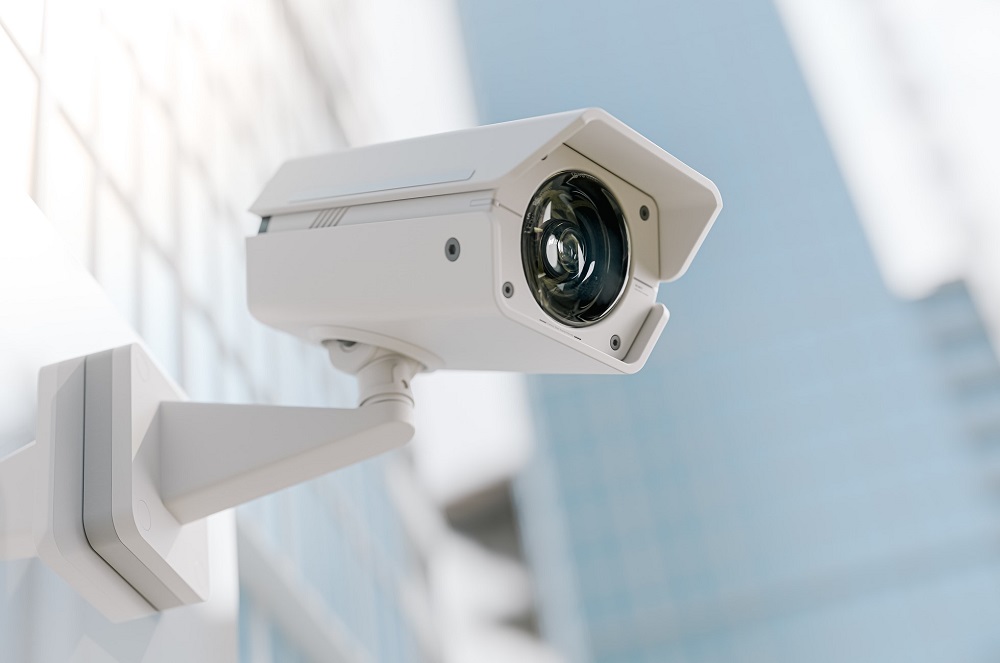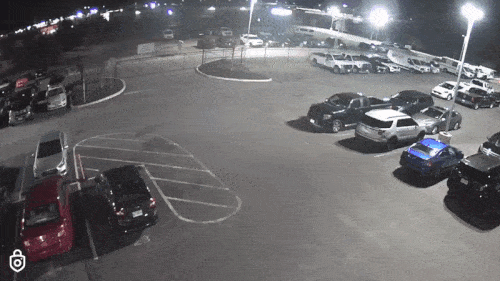Over several decades, surveillance systems have evolved from recording and storing footage for playback later, to smart solutions enabling active security. The introduction of artificial intelligence (AI) has eliminated the need for someone to sit there reviewing hours’ worth of footage (if they even know what they’re looking for), and even then, if criminal activity is discovered, it’s often too late to do anything about it.

AI paired with surveillance cameras ushered in a new era of remote video monitoring (RVM) that allows camera feeds to be monitored from anywhere (often by a third-party monitoring team) and can filter through endless amounts of video, alerting management to only those threats that require immediate attention.
More than Meets the Eye
As a physical security tool, there’s no denying the power of surveillance cameras with remote monitoring capabilities, enabling proactive security and allowing stakeholders to view live feeds from their smartphones and computers at any time. And while stopping criminals and vandals before they can do harm to a facility is typically the reason these systems are installed in the first place, that only scratches the surface of what they’re capable of doing.
Surveillance cameras are so much more than a crime-stopping tool. When remote monitoring capabilities are added on, it can enable new use cases beyond security. This should be good news for all surveillance customers, because if you’re already making an investment in cameras and monitoring services to begin with—why not get even more out of it?
Let’s explore five ways to use surveillance cameras beyond security to make a big impact in facilities management—whether you’re on-site or at home.
1. Monitor Weather Conditions
Whether you’re tracking a snowstorm or a round of thunderstorms, weather conditions can change instantly. That’s one reason why remote monitoring capabilities are so important. Expecting a snowstorm but not sure just how bad your facility will be hit? You can pull up a live surveillance feed from anywhere and keep tabs on the changing conditions, so you know whether or not to send a team of plows out. The same goes for tracking potential flooding, rain, or other storm damage—it can all be monitored on the go from the safety and comfort of your home or office, saving resources and time.
2. Analyze Employee/Visitor Traffic
Keeping tabs on employee and visitor traffic can help solve a number of issues. For example, you could monitor which entrances and exits are most frequently used to improve traffic flow in areas where bottlenecks may be occurring. If you oversee a larger site or campus, cameras can be used to keep tabs on vehicle traffic and pinpoint areas where pedestrian safety can be improved by crosswalks and other mechanisms. AI and advanced analytics on the back end can help crunch the numbers and provide meaningful data to make those decisions.
3. Monitor Third-Party Visitors
Being able to view live feeds of surveillance cameras remotely means you could keep track of third-party vendors and visitors. Expecting an important delivery at a certain time? Want to make sure contractors you hired have arrived and work is underway? Your surveillance cameras allow you to check in from anywhere for visual verification. This can be especially helpful if you could unlock a door or gate remotely but aren’t in the immediate area and need to let someone in.
4. Track Construction Progress
Speaking of contractors, another use for surveillance cameras is to track construction progress. Surveillance cameras offer a daily view into progress. Some organizations even use the footage to create time-lapse videos of new builds and renovations, which is a nice way to track progress and share the result with various stakeholders.
5. Insurance/Liability Purposes
Video evidence of incidents like vehicle collisions and employee/visitor slip-and-falls can be helpful when an organization needs to fill out an insurance claim or a police report needs to be completed. Furthermore, facilities managers can review footage and adjust on-site safety protocols as needed.

The decision to invest in a surveillance system typically starts with crime and security on the mind. But your investment shouldn’t be one-dimensional. Consider the additional operational benefits surveillance cameras make possible. Physical security should always be high on the priority list—but that doesn’t mean you can’t leverage the same technology to help in many different areas of running your facility, making your job easier in the process.
Jeremy White is the founder of Pro-Vigil, a provider of AI-enabled remote video monitoring solutions.
ALSO READ: How Can CCTV Cameras Be Hacked?
